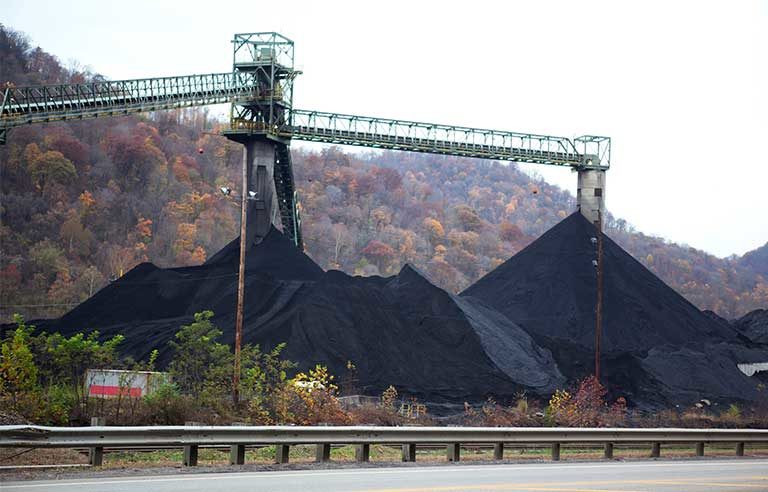Researchers to look for link between coal dust nanoparticles, black lung disease

State College, PA — Using a 3D device on a microchip that mimics the behavior of human lungs, researchers from Penn State University will use a $400,000 grant from NIOSH to study the effects of nano-scale coal dust on the lungs of underground miners, the university has announced.
Inhaling coal mine dust is an occupational hazard for underground miners and can trigger the development of a number of lung diseases. A 2018 NIOSH study found that 1 out of 10 underground coal miners who have worked in mines for at least 25 years were identified as having coal worker’s pneumoconiosis – a deadly but preventable disease known as black lung.
Because of their small size, nanoparticles can more easily enter the respiratory tract and cause inflammation, tissue damage and lung diseases, according to a Dec. 20 press release from PSU.
The researchers note that the study is driven by a rise of black lung cases in certain parts of the country. The NIOSH study also found that 1 out of 5 underground coal miners in central Appalachia showed evidence of the disease – the highest recorded level in 25 years.
“Data currently shows that even with stricter compliance with regulations, the rates of [black lung] have consistently increased,” Shimin Liu, lead researcher and an associate professor of energy and mineral engineering at PSU, said in the release. “The toxicity of coal dust and its compositions could be primary factors for the increase in miners’ lung diseases.”
Liu said the research team will characterize physical, compositional and petrophysical properties of coal dusts and investigate the biological effects of nano-coal dust on lung cell and tissue.
“We hope to find a mechanism-based linkage between nano-coal dust’s characteristics and miners’ lung disease,” Liu said. “This information will provide a basis for nano-coal dust toxicity analyses and the rationale and targeted method for nano-coal dust mitigation in the mines.”
Post a comment to this article
Safety+Health welcomes comments that promote respectful dialogue. Please stay on topic. Comments that contain personal attacks, profanity or abusive language – or those aggressively promoting products or services – will be removed. We reserve the right to determine which comments violate our comment policy. (Anonymous comments are welcome; merely skip the “name” field in the comment box. An email address is required but will not be included with your comment.)

